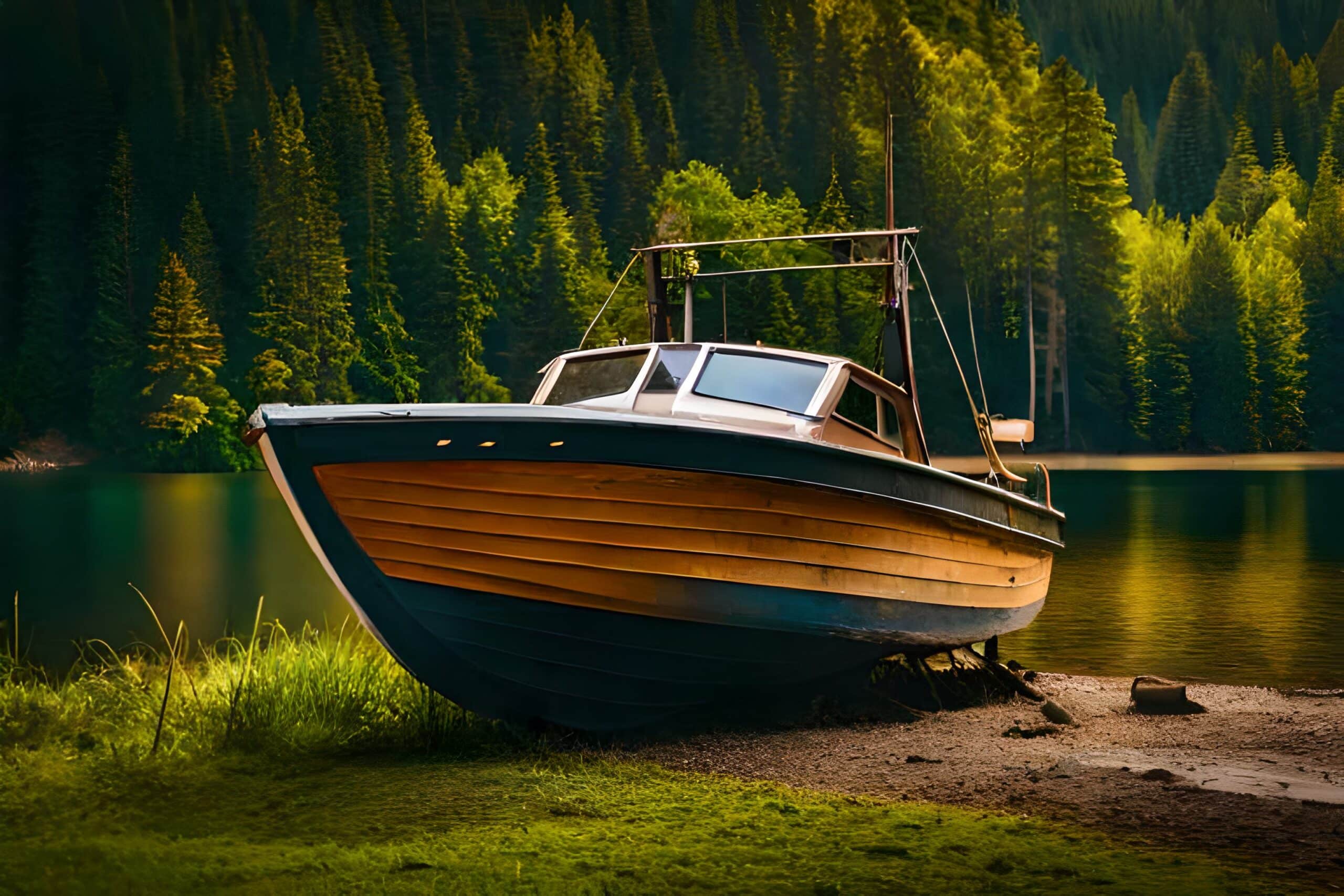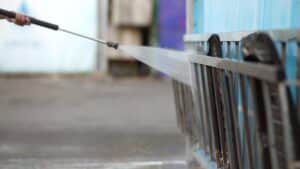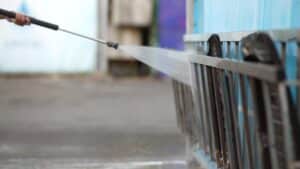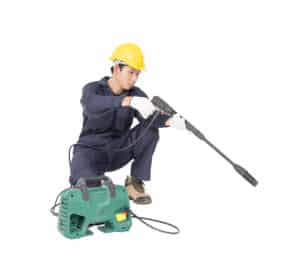Can I Use My Pressure Washer to Clean a Boat or RV?
Key Takeaways
- Using the appropriate pressure setting (around 1000-1200 psi) is crucial to avoid damage while effectively removing dirt and grime when cleaning a boat or RV with a pressure washer.
- Choosing a pressure washer specifically designed for low-pressure washing or made for use on boats and RVs is important to prevent damage to the exterior of the vehicle or vessel.
- Extra caution should be taken with sensitive areas such as rubber roofs, sealants, lights, caulking, vents, and decals, as high-pressure water can cause damage. It is recommended to use low-pressure nozzles or dial down the pressure for these areas.
Pressure washers are a popular tool for cleaning various surfaces, but can they be safely used to clean boats and RVs? The answer is yes, with some important considerations. In this article, we will explore the dos and don’ts of using a pressure washer to clean your boat or RV, outlining best practices and safety precautions to ensure a thorough and damage-free cleaning.
Using the Right Pressure Setting
When using a pressure washer to clean a boat or RV, it is crucial to use the appropriate pressure setting. The recommended pressure range is typically around 1000-1200 psi (pounds per square inch). This pressure level is effective in removing dirt and grime without causing damage to the surface. Using higher pressure settings can lead to cosmetic damage, holes, or even leaks.
Choosing the Right Equipment
Not all pressure washers are suitable for cleaning boats and RVs. It is important to choose a pressure washer specifically designed for low-pressure washing or made specifically for use on boats and RVs. These specialized washers are designed to deliver the appropriate pressure and flow rate for safe and effective cleaning. Using a standard pressure washer meant for other applications can cause damage to the exterior of your boat or RV.
Be Cautious with Sensitive Areas
While pressure washers can be effective in cleaning boats and RVs, there are certain areas that require extra caution. Rubber roofs, sealants, lights, caulking, vents, and decals are more delicate and can be damaged by high-pressure water. It is recommended to avoid using high pressure on these sensitive areas. Instead, use a low-pressure nozzle or dial down the pressure using the unloader. Taking these precautions will help prevent any potential damage.
Best Practices for Boat Cleaning
When pressure washing a boat, there are specific dos and don’ts to keep in mind:
- DO remove loose equipment before pressure washing.
- DON’T forget to close doors and entryways.
- DO use gentle pressure and a wide-tip nozzle.
- DON’T use ammonia-based cleaning solutions.
- DO use scrub brush attachments for tough stains.
- DON’T pressure wash old gelcoat, as it can cause damage.
- DO rinse from top to bottom using a wide nozzle tip.
Best Practices for RV Cleaning
When pressure washing an RV, follow these best practices:
- Start by washing the roof of the RV with a low-pressure nozzle, avoiding metal seams and edges to prevent potential leaks.
- Use a high-pressure nozzle to wash the sides and exterior of the RV, working on one side at a time.
- Clean the interior of the RV using a wet mop, sponge, or cloth with water mixed with dishwashing liquid.
- Pay special attention to washing gaskets and seals by using a high-pressure nozzle to remove dirt from their grooves.
- When washing the wheels and rims, use a low-pressure nozzle with water mixed with dishwashing liquid.
- For metal surfaces, maintain a distance of at least one foot from the surface to avoid water ingress. Use appropriate cleaners and chemicals formulated for RV washing.
- If the RV has a fiberglass surface, use RV-specific washing chemicals or auto products. Avoid pressure washing directly over decals to prevent peeling.
- Treat gaskets and weather seals with silicone-based cleansers and lubricants to prevent drying out.
Conclusion
Using a pressure washer to clean a boat or RV can be safe and effective if done correctly. It is important to use a pressure washer specifically designed for low-pressure washing or made specifically for use on boats and RVs. Follow the recommended pressure settings, be cautious with sensitive areas, and adhere to the dos and don’ts provided for boat and RV cleaning. By taking these precautions, you can maintain the cleanliness and appearance of your boat or RV without causing any damage.
Related Websites:
FAQs:
Q: Can I use a pressure washer to clean my boat or RV?
Yes, you can use a pressure washer to clean your boat or RV. However, it is important to consider the material of your boat or RV, adjust water pressure and nozzle settings accordingly, and maintain a safe distance to prevent damage. Always follow proper cleaning procedures and take necessary precautions.
Q: What are the typical applications of pressure washers?
Pressure washers are commonly used for cleaning driveways, decks, and vehicles, including boats and RVs. They provide a powerful and efficient way to remove dirt, grime, and stains from various surfaces.
Q: How do I clean a boat with a pressure washer?
When cleaning a boat with a pressure washer, you should first consider the material of the boat and select appropriate water pressure and nozzle. Steps involved include preparing the boat by removing loose debris, wetting the surfaces, applying a gentle detergent, using appropriate pressure and nozzle settings, and rinsing thoroughly. It is important to take precautions to avoid damaging the boat.
Q: What should I consider when using a pressure washer on an RV?
When using a pressure washer on an RV, it is important to consider the materials of the RV, adjust water pressure and nozzle settings accordingly, and protect delicate components such as seals and decals. Steps involved include preparing the RV by removing loose debris, wetting the surfaces, applying a mild detergent, adjusting pressure and nozzle settings based on materials, and rinsing thoroughly while avoiding water intrusion.
Q: What are the potential risks of pressure washing a boat or RV?
The potential risks of pressure washing a boat or RV include damaging the surface or paint, causing water intrusion, and affecting delicate components. To minimize these risks, it is crucial to use appropriate water pressure and nozzle settings, maintain a safe distance, follow proper cleaning procedures, and take necessary precautions.






